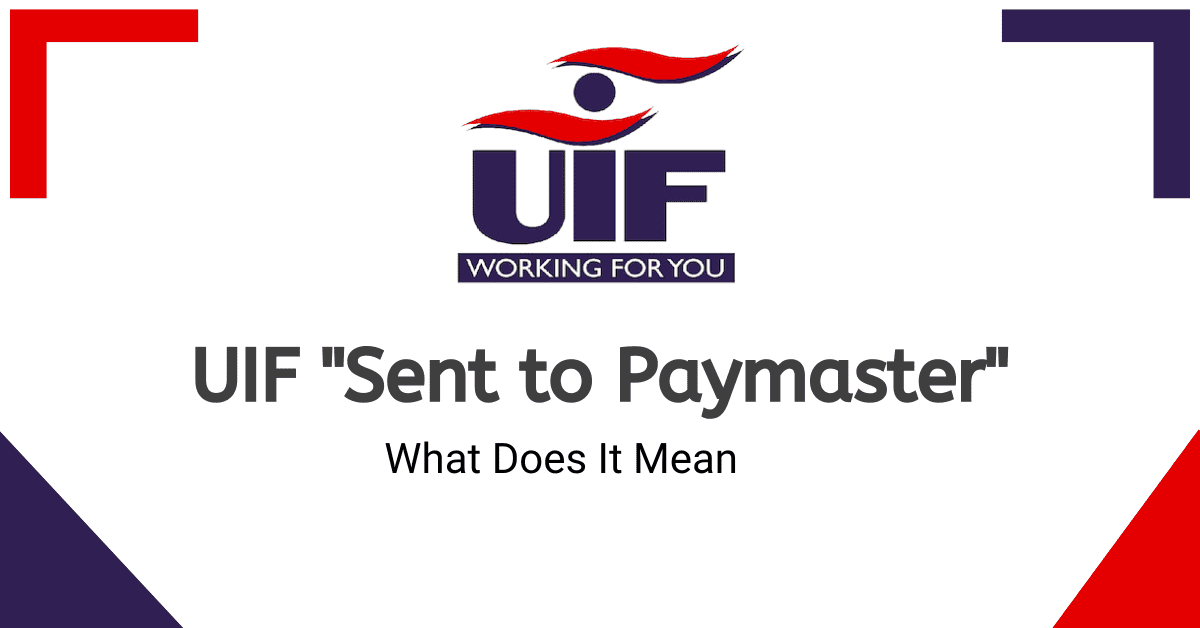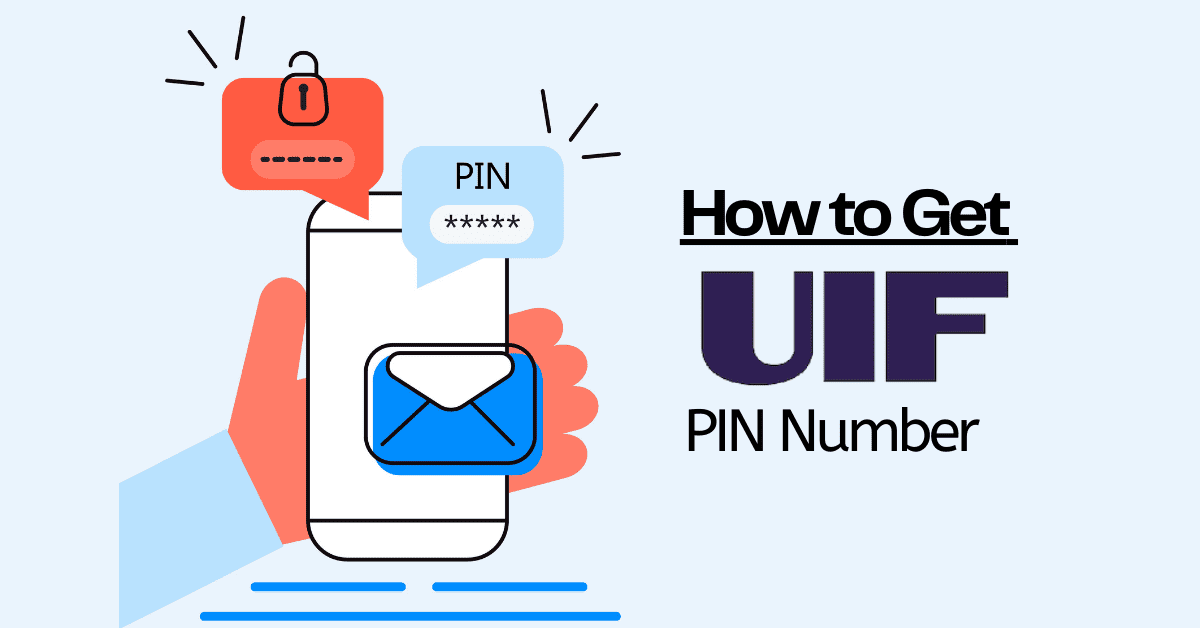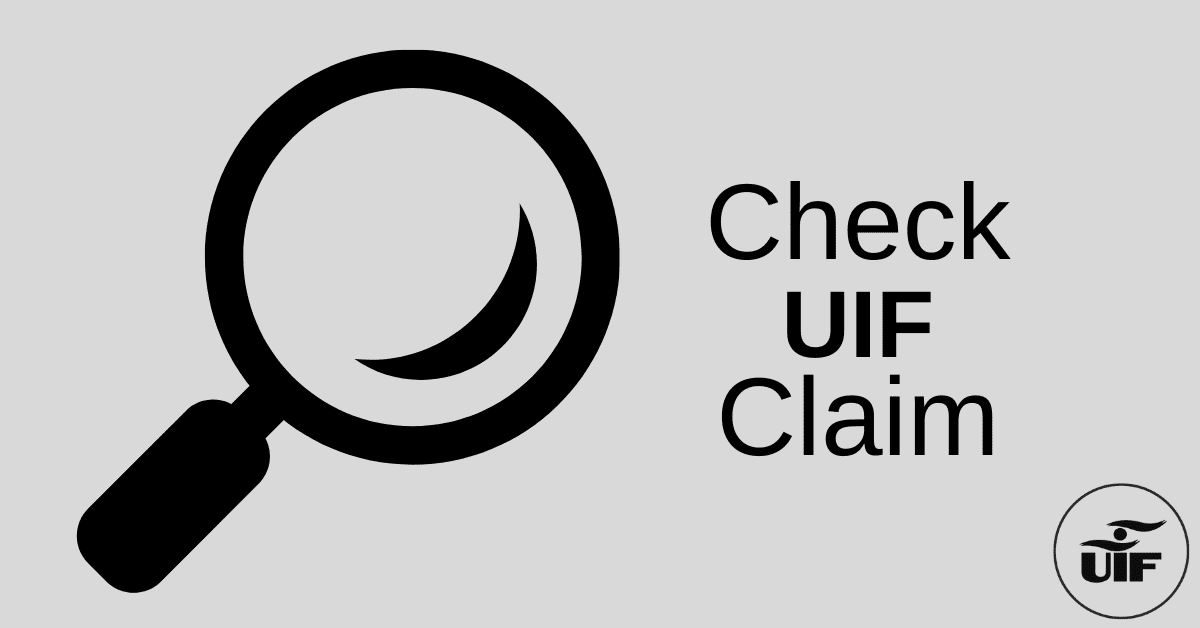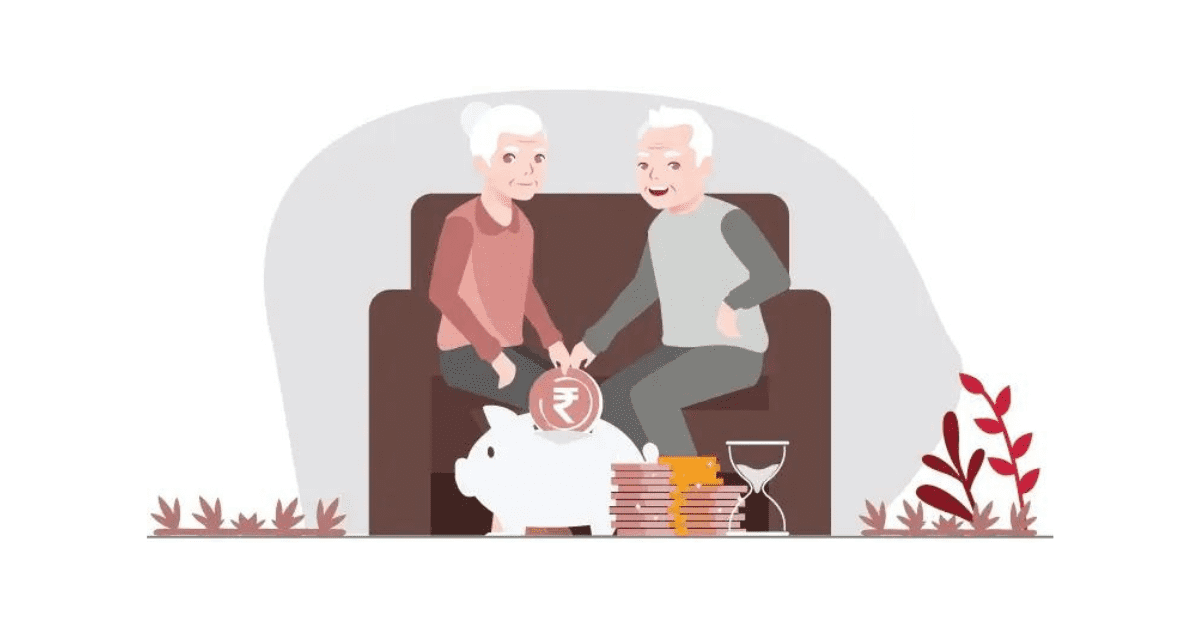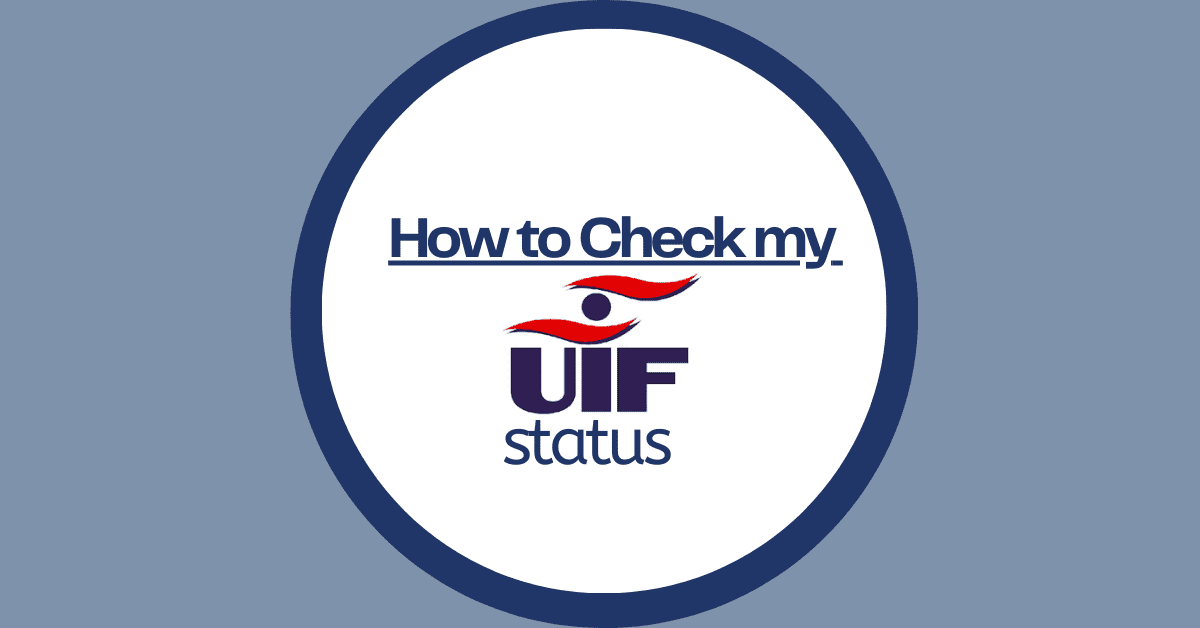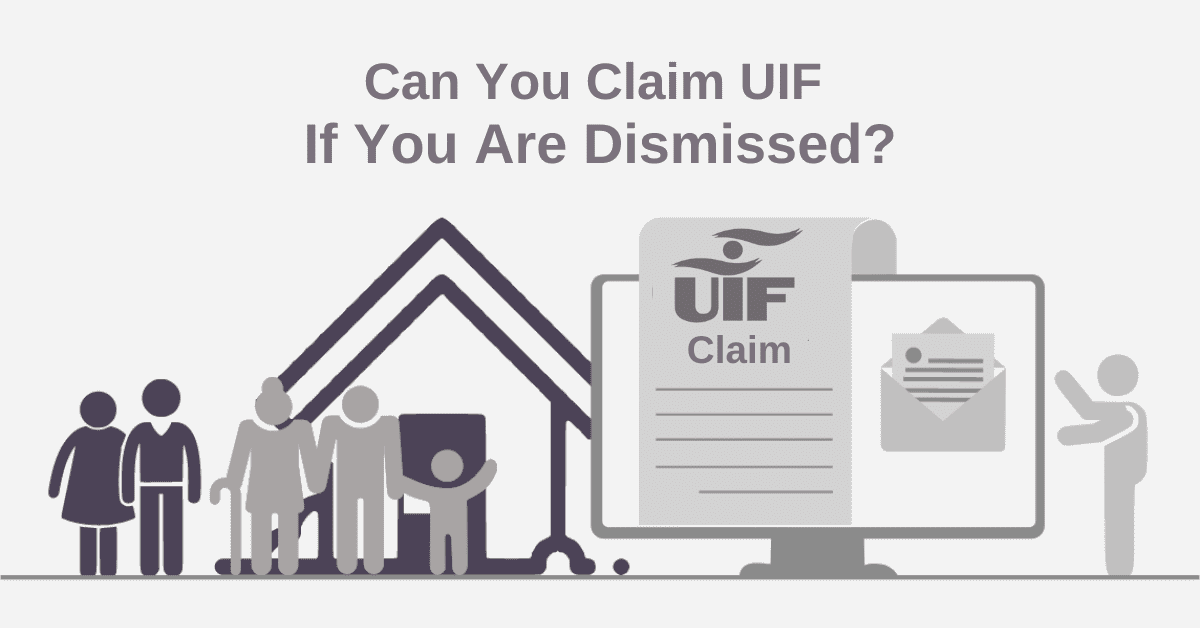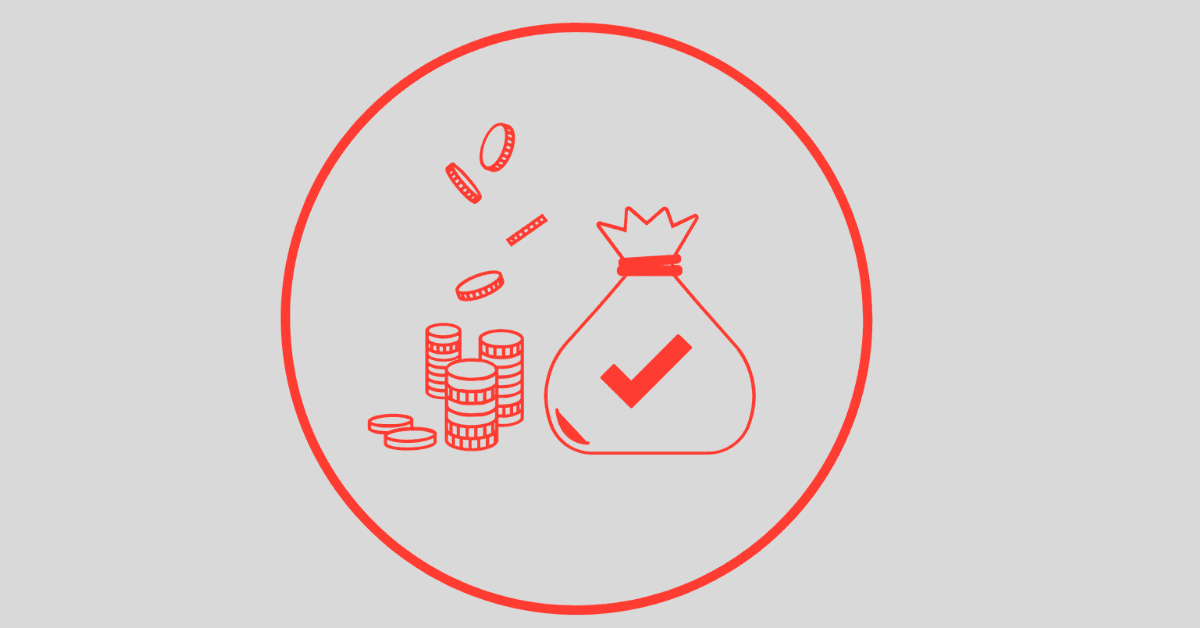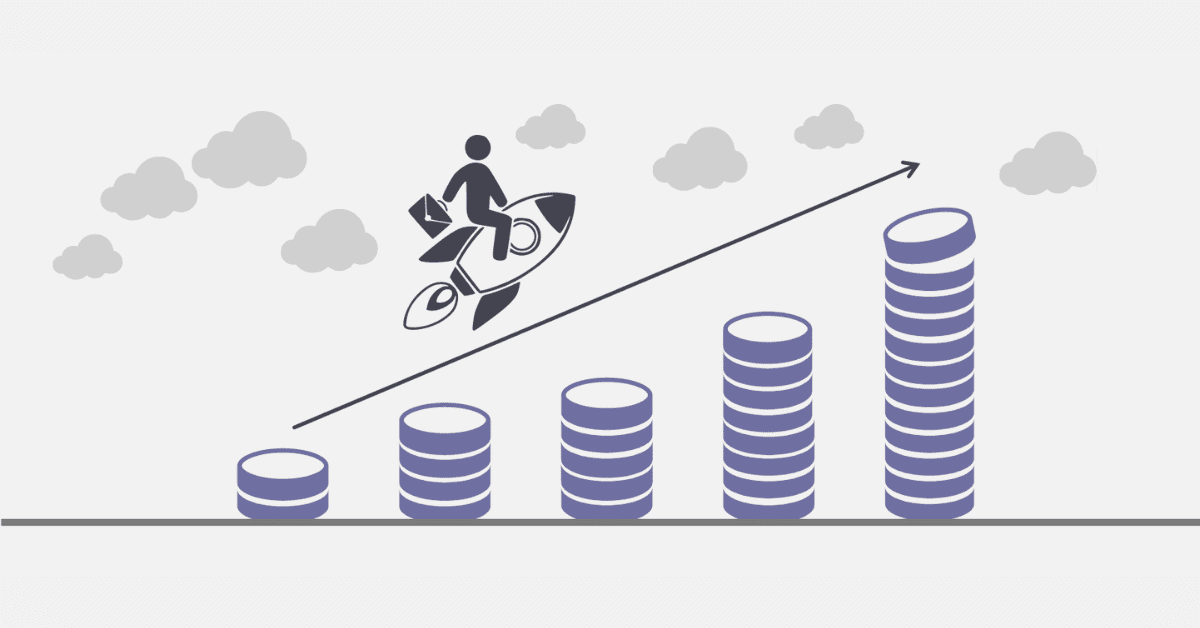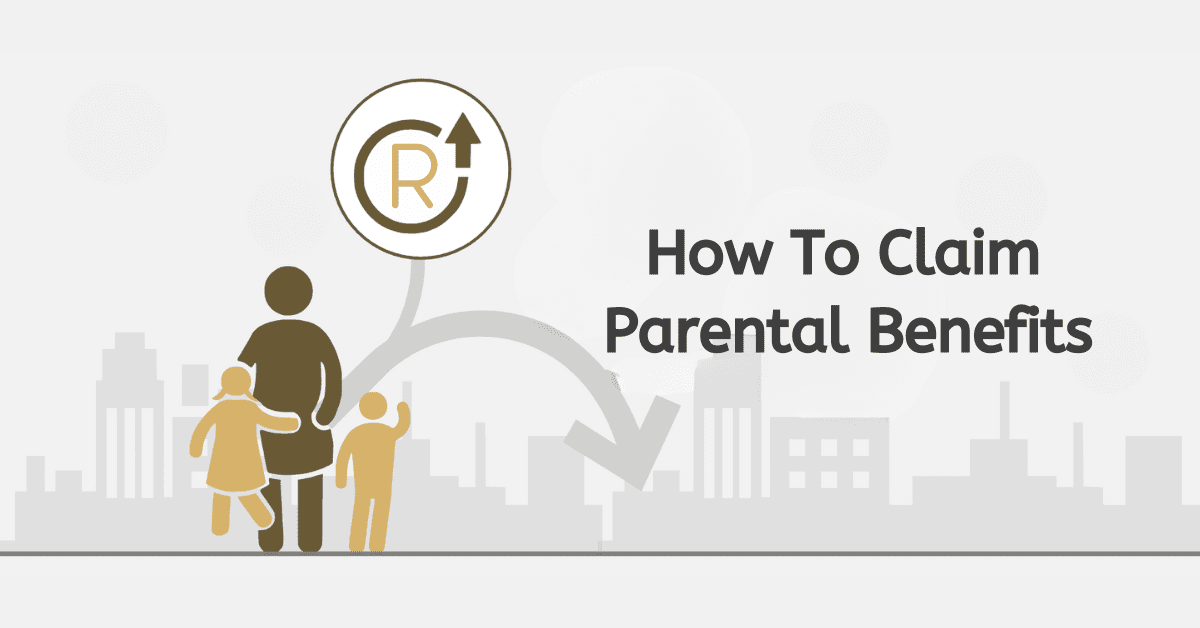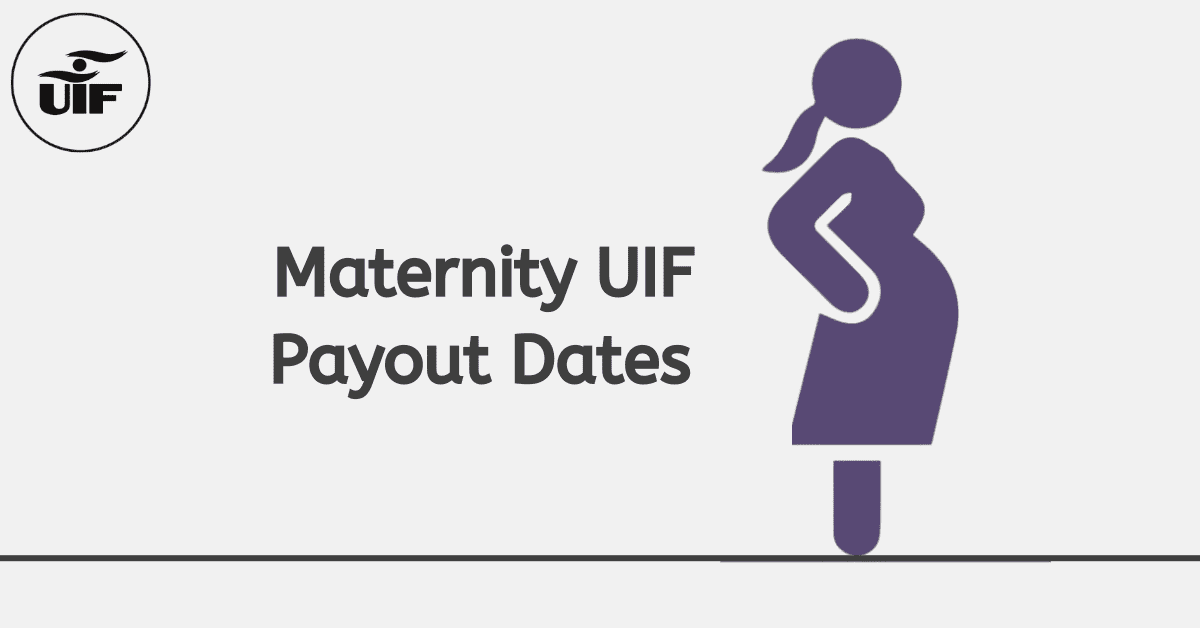Paternity leave is an essential benefit that allows South African fathers to take time off from work to bond with their newborn child or support their partner during the early stages of parenthood. The Unemployment Insurance Fund (UIF) provides financial assistance to eligible fathers who wish to take paternity leave. This comprehensive guide will walk you through claiming paternity leave from UIF in South Africa. From understanding eligibility criteria to the required documents and the payout duration, we will cover all the important aspects of accessing this benefit. Following these steps, you can confidently navigate the UIF paternity leave claim
How to Claim Paternity Leave from UIF South Africa
To claim paternity leave from UIF in South Africa, follow these steps:
- Step 1 – Gather Required Documents
Collect the necessary documents, including your identity, proof of your child’s birth, and employment details.
- Step 2 – Complete UI-2.7 Form
Obtain the UI-2.7 form from the UIF website or visit the nearest Department of Labour office to collect it. Fill out the form with the correct and updated details.
- Step 3 – Submit the Application
Submit the completed UI-2.7 form and the required documents to the nearest Labour Centre or UIF office. Ensure that all the details are precise and updated.
- Step 4 – Wait for Processing
The UIF will process your application and verify the submitted documents. This may take some time, so it’s important to be patient during this stage.
- Step 5 – Receive Payout
Once your paternity leave claim is approved, the UIF will provide the payout directly to your chosen bank account. The duration of the payout process may vary but typically takes a few weeks.
Can You Claim Paternity Leave from UIF?
Yes, as a father in South Africa, you can claim paternity leave from the UIF. The UIF recognizes the importance of fathers in the early stages of their child’s life and provides financial support to eligible individuals who wish to take time off from work for paternity reasons. Paternity leave allows fathers to bond with their newborn child, support their partner, and actively participate in parenting responsibilities. By claiming paternity leave from the UIF, fathers can ensure that they receive financial assistance during this crucial time and have the opportunity to create a strong foundation for their growing family.
Who Qualifies for Paternity Leave in South Africa?
To qualify for paternity leave in South Africa, you must meet the following criteria:
- Employment
You must be employed and have made UIF contributions.
- Valid Reason
You must have a valid reason to take paternity leave, such as your child’s birth or the adoption of a child under two.
- Duration of Leave
You are eligible for ten consecutive working days of paternity leave.
- Relationship to the Child
You must be the child’s biological father or have legal responsibilities and rights regard ing the child.
- Notification
You must inform your employer beforehand about your intention to take paternity leave and provide the necessary documentation.
How Much is Paternity Leave Pay in South Africa?
The amount of paternity leave pay in South Africa is calculated based on the UIF’s sliding scale. The UIF will pay you a percentage of your average monthly income, subject to certain limits. As of September 2021, the UIF pays 66% of your average monthly income, with a minimum of R3,694 and a maximum of R17,712 per month. The specific amount you receive will depend on your average earnings during the relevant period. It’s important to note that this amount is subject to regular updates, so it’s advisable to consult the UIF or visit their official website for the most up-to-date information regarding paternity leave pay.
How Long Does UIF Take to Pay Out Paternity Leave?
The duration of the payout process for paternity leave from the UIF may vary. Generally, the UIF aims to process and payout paternity leave benefits within ten working days from receipt of the complete and correct application. However, factors such as the volume of applications and the accuracy of the submitted documentation can influence the processing time. Submitting your application well in advance is recommended to allow for any potential delays. If there are any issues or discrepancies with your application, the UIF may require additional time for verification. It’s advisable to regularly check the status of your application through the UIF’s online portal or contact their helpline for updates on the progress of your paternity leave claim.
What is Needed When Applying for Paternity Leave?
When applying for paternity leave from the UIF, you will need the following documents:
- Identity Document: Provide a certified copy of your South African identity document or valid passport.
- Proof of Birth: Submit an unabridged birth certificate or an equivalent document that proves your child’s birth.
- UI-2.7 Form: Complete the UI-2.7 form specifically designed for paternity leave claims. Ensure that all sections are accurately filled out and signed.
- Employment Details: Include relevant details, such as your employer’s name, address, and UIF reference number.
- Banking Details: Provide valid banking details, including the bank name, branch code, account number, and account holder’s name.
In conclusion, claiming paternity leave from UIF in South Africa is a straightforward process that requires gathering the necessary documents, completing the UI-2.7 form, and submitting the application to the nearest Labour Centre or UIF office. Eligible fathers can receive financial assistance during their paternity leave, allowing them to bond with their children and support their partners. By familiarizing yourself with the eligibility criteria, understanding the payout amounts and processing times, and ensuring the completeness and accuracy of your application, you can successfully claim paternity leave from UIF. Contact the UIF’s official website or helpline for any specific queries or updates regarding the paternity leave claim process.
